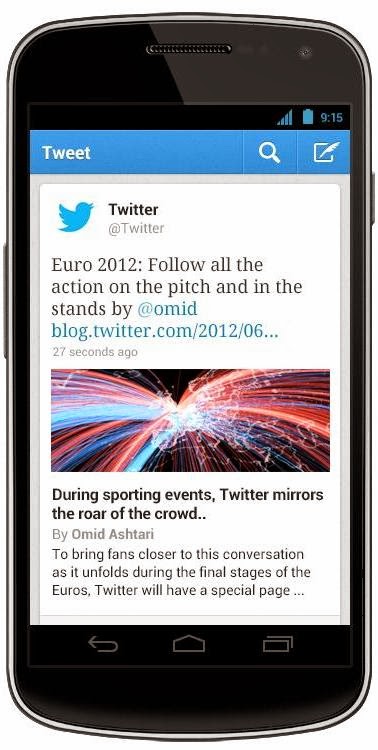Your Android smartphone, more often than not, carries a lot of personal data, including e-mails , passwords, photos and videos, messages, contacts - and even sensitive office documents. It is therefore important that you keep your handset from prying eyes. Equally crucial is a contingency plan, just in case it falls into the wrong hands...
Use Google
Did you know that Android - version 2.2 and later - comes with a feature that lets you track and manage your mobile device?
Look for Google Settings among all the apps on your handset. It is denoted by a grey icon with a lower case 'g' and a gear symbol. Tap on the app, and choose the last option which reads 'AndroidDevice Manager' .
From here, you can activate features that will locate your device in case it is lost or misplaced, and you can also remotely lock and factory reset your handset.
After you've checked these options on your phone, you can log on to the Android Device Manager website (www.google.com/android/ devicemanager) using your Google account to control your phone remotely.
Protect your handset
An unprotected smartphone could prove to be a soft target for hackers. To guard against malicious apps and OS breaches, we suggest AntiVirus Security Free by AVG Mobile, Mobile Security & Antivirus by Avast Software, or Norton Security antivirus. In most cases, the free versions get the job done.
These tools check the apps you install for suspicious behaviour and even shield your phone from rogue websites. Most free versions can also track your phone in case it is stolen or misplaced; sound an alarm to help you locate it, and even remotely wipe the data on a lost device.
Note: Always choose and run only one antivirus software on your handset.
Snap the intruder
If you want a tool that will help you identify the person who has stolen your smartphone, installLockwatch Anti-Theft by Bloketech. This app uses the front camera to click a photo of the thief who has attempted to unlock your phone with the wrong code. It then e-mails the picture to you along with GPS location, making it easy for law enforcers to track and identify the thief.
The best part is that Lockwatch works silently in the background, so a person trying to gain access to your device doesn't even know he's been photographed.
Track your device
With Prey Anti Theft installed on your phone, you can track its geographical location as well as control the phone remotely. If there is no internet connection, you can send an SMS command to the device to receive its geolocation details. You can remotely lock the handset, unlock it; display a message to the thief on its screen, sound an alarm, take a picture of the crook, and even wipe the data from the phone.
Dos & Don'ts
* Do not download attachments on your phone from e-mails sent by unknown contacts.
* Before installing an app, take a look at the permissions it seeks. For example, an app that allows you to scribble notes should not ask permission to see your contacts.
* Install apps that have a good rating and a healthy number of downloads (at least over 10,000)
* Use a PIN/Password on your lockscreen.
* Don't connect an app to your Google, Facebook and Twitter accounts, unless you have very good reasons to do so. Just because an app asks you for your account details, doesn't mean you should comply.
-TOI




